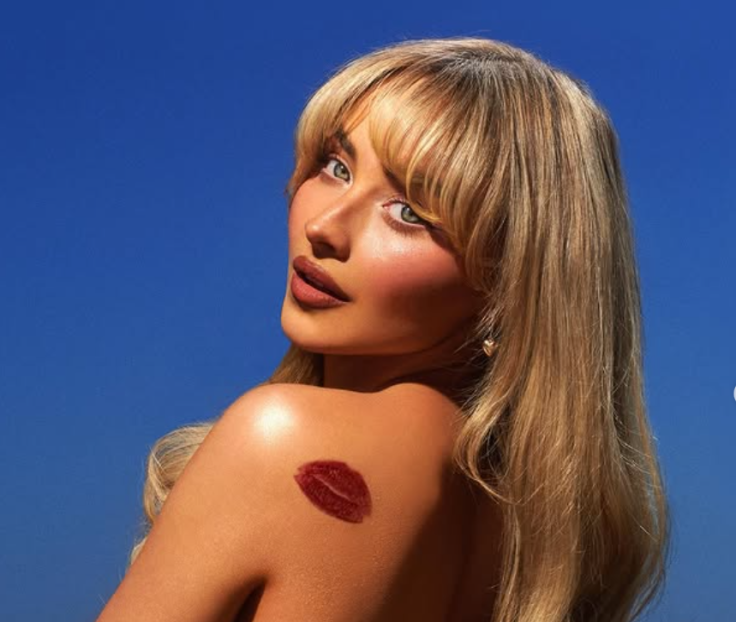Sabrina Carpenter Album Cover Explained: 'Man's Best Friend' Pose Slammed as 'Oversexualised'
The provocative imagery has divided fans, sparking debates on sexuality, power, and cultural appropriation

Sabrina Carpenter's upcoming album Man's Best Friend, set for release on 29 August 2025, has already stirred intense online controversy, and it's not the music causing the fuss.
The album cover's provocative imagery has polarised fans and critics alike, raising questions about sexuality, power, and representation in pop culture. Here's what the artwork depicts, why it's been slammed as 'oversexualised,' and what deeper meanings may lie beneath the surface.
What's on the Album Cover of Man's Best Friend?
The cover features Carpenter on all fours, styled in a black mini dress and stilettos, with a man gripping her hair from behind. A thick collar around her neck spells out the album's title, Man's Best Friend. The man's face is cropped from the frame, further emphasising Carpenter's submissive posture.
Glossy, stylised lighting lends the image a fashion editorial aesthetic, yet the power imbalance and overtly sexual composition have drawn comparisons to BDSM themes and submissive 'pet play' symbolism.
Public Backlash and Accusations of Oversexualisation
Social media erupted with mixed reactions following the reveal. Critics argue the image promotes misogynistic tropes and positions women as passive objects for male control. In particular, women's rights groups and domestic abuse charities have spoken out, warning that the cover art evokes 'tired tropes that reduce women to pets, props, and possessions and promote an element of violence and control,' according to Glasgow Women's Aid.
This sentiment was widely cited in media coverage, with Forbes highlighting that the charity's statement underscored concerns about the message being sent to young women and girls, and the potential for the imagery to perpetuate harmful stereotypes that reduce women to mere objects.
The cover has also been criticised for its depiction of control and objectification, with advocates warning it could send damaging messages to young audiences.
Artistic Intent: Shock Value or Social Commentary?
Supporters argue that the cover is intended to provoke, not to degrade. Some believe the image is a satirical take on traditional gender roles and that it should be viewed in the context of the album's themes. Carpenter's single 'Manchild,' for example, hints at critiques of immature masculinity and toxic dynamics.
The use of shock value in pop culture isn't new. Icons like Madonna, Lady Gaga, and Miley Cyrus have all courted controversy with bold visuals meant to start conversations rather than simply attract attention.
Unpacking the Queer Subtext Behind the Cover
A less mainstream but increasingly relevant reading of the Man's Best Friend cover points to its resemblance to 'pup play,' a kink rooted in queer subcultures, particularly within gay and leather communities. The collar, submissive posture, and faceless handler mirror imagery long associated with these underground scenes, as noted by Them.us.
This connection has sparked questions within LGBTQ+ spaces about whether Carpenter is appropriating queer-coded aesthetics without context, or even veering into queerbaiting. As the same online magazine further suggests, while such imagery is powerful and deeply symbolic in queer culture, it can become diluted or misunderstood when repurposed in mainstream pop without acknowledgement or intent. The result, critics argue, is a form of visual borrowing that strips the original meaning in favour of aesthetic shock.
Is the Outrage Justified or Missing the Point?
Whether Man's Best Friend's album cover is artistically subversive or simply problematic is still being debated. What's certain is that Carpenter has deliberately distanced herself from her previously wholesome image, sparking a broader cultural conversation.
As listeners await the album's release, the cover has already succeeded in one key objective: capturing attention. But the deeper question remains: Is this an artistic critique of power and identity, or just a provocative image designed to sell?
© Copyright IBTimes 2025. All rights reserved.





















